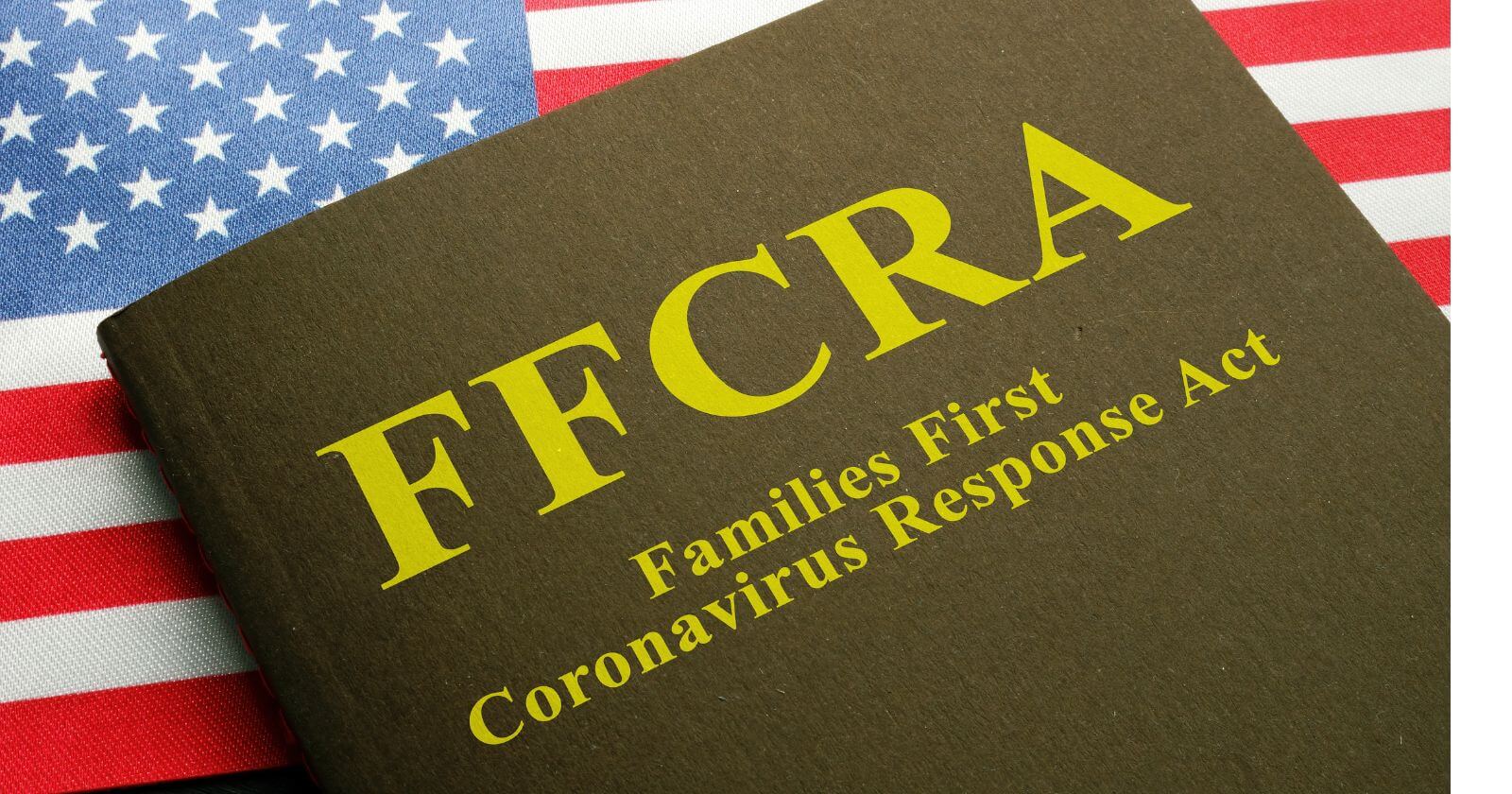Last Update April 5, 2020, 12 noon
In an attempt to reduce economic hardship for individuals and families due to the Coronavirus pandemic, there is a new piece of legislation: Families First Coronavirus Response Act (FFCRA) that takes effect April 1st, 2020 (ed: this was amended from April 2nd, earlier). Let’s break down what this Coronavirus Response Act means for private practices.
To read about the Paycheck Protection Program and SBA’s Economic Disaster Injury Loans, check out the next post. And for a miscellaneous post on other Coronavirus relief measures, read here.
Spirit of the Law
It broadens the safety nets usually reserved for employees of large organizations to those employed by small businesses in these unprecedented times.
Small business in this regard refers to businesses that employ fewer than 500 employees.
Protections for Smaller businesses
For the most part, all businesses must comply.
- Smaller businesses with less than 50 employees may be exempt from certain obligations if it threatens to jeopardize the viability of the business. Department of Labor clarified in a Q&A paper what this means (Q 58):
- If a small business is operating at a loss (net revenue less than expenses/financial obligations)
- The absence of the employee(s) would entail a substantial financial risk to the business due to their specialized skills or knowledge. We may see this provision used by practice owners to exclude several of their staff, but particularly employed physicians or physician assistants/nurse practitioners.
- If there are not enough staff to run the practice since everyone is asking for paid time off under FFCRA.
- Regulations exclude healthcare providers from the definition of employee under this Act. Healthcare workers are defined very broadly, clarified in the DOL Q&A paper (Q 56) and basically includes everyone working in an outpatient or inpatient setting or a self employed individual contracting with such medical institutions.
- Employers with fewer than 25 employees may be able to eliminate the position of an employee if the business cannot support the position any more, like with greatly reduced volume of patients.
Broad premises
Starting April 2nd and continuing until the end of the year FFCRA provides employees paid family leave and paid sick leave.
Emergency Family and Medical Leave Expansion Act
Employees who have to take care of their children under 18 years of age, since school or other place of care is closed due to COVID concerns and therefore cannot work or telework, can choose to apply for EFMLEA and receive up to 12 weeks of benefit.
It applies to employees who have started employment greater than 30 days prior with no minimum requirement for prior hours worked.
The first 10 days may be unpaid (though employees can choose to use accrued vacation or other paid time off that their employer entitles them to), after which they are paid at least 2/3 of their regular pay rate, for the same number of hours they usually work, unto a maximum of $200 per day ($10,000 in aggregate).
The employer is compelled by law to restore the employee to her position after FMLA- unless the employer has less than 25 employees and the position is eliminated due to economic repercussion.
FMLA vs EFMLEA
- FMLA does not apply to businesses with fewer than 50 employees; EFMLEA does. There is provision for Department of Labor to exempt a business if the obligation threaten the viability of the business (more below).
- Employees are eligible for FMLA only if they have worked a minimum of 1250 hours and for 12 months; EFMLEA applies to employees who have worked for 30 days, with no minimum hours requirement.
Emergency Paid Sick Leave Act
- Employees are eligible for paid sick leave (2 weeks) if they are personally affected by Coronavirus, ie., they are exhibiting symptoms consistent with COVID19, are recommended self-isolation or quarantine by healthcare professional or Local or Federal Government authorities.
- Employee needs to care for an individual/family member placed in isolation or quarantine secondary to COVID19 (Q 63 on Department of Labor Q&A paper)
- Employee needs to care for child whose school or place of care is unavailable due to Coronavirus.
In the Q&A paper, Department of Labor clarified how it will work out with an employee needing to stay home for childcare secondary to Coronavirus closure. The employee can utilize both Paid Sick Leave as well as EFMLEA for this situation. They take the first 2 weeks under the Paid Sick provision and get regular pay. Then they can go on EFMLEA and take an additional 10 weeks. The total remains 12 weeks but the employee doe not have to take the first 2 unpaid weeks of EFMLEA.
Compensation for employee differs according to the reason they are on sick leave. They are entitled to greater compensation (maximum of $511 per day or $5110 in aggregate) if they are personally affected by COVID. It is capped at $200 (or $2000 in aggregate) if they are availing of Paid Sick Leave for childcare reasons or to care for an affected family member.
Employees are eligible for paid sick leave without any minimum required prior work hours or duration.
The Department of Labor may exempt a business from Paid Sick Leave obligations if that would ruin the business, similar to the provision for EFMLEA.
The law has set provisions to protect employees from retaliation by employers for availing of such benefits or for complaining against violations of the law.

Cost to Small Business Owners
The law is meant to be cost-neutral to small businesses. Whatever cost the business incurs in this regard will be paid back dollar-for-dollar through payroll tax credit. Employers can receive cash back at tax time if their expense exceeds payroll tax liability via IRS Forms that are not yet released. Stay tuned on IRS Coronavirus Tax Relief page.
Most small businesses pay payroll taxes either every two weeks or monthly. This depends on their total payroll tax liability. Some businesses pay it quarterly, along with filing Form 941, if their payroll tax liability is less than $2500 per quarter. This is a relief since it injects cash flow into businesses in real-time, rather than a tax credit realized months to a year down the line. It appears businesses just do not have to pay the tax as per the above schedule, for costs incurred for FFCRA obligations, rather than go through an application process. This newsletter seems to imply that.
The Self Employed
Self employed individuals, such as independent contractors and partners in partnerships are eligible to receive some help in this regard. They may get a tax credit against the self-employment tax they pay- for both FMLA and paid sick leave- just as if they were employees.
It is a drop in the bucket- lesser of $511 or regular self employed income per day for personal sick leave; or lesser of $200 or 2/3 of average daily self-employed income if the leave is to care for another individual. But it is better than nothing.
Small Business Relief Measures
- The Small Business Administration (SBA) is providing low’ish-interest (3.75%) Coronavirus Economic Injury Disaster Loans, up to $2 million, to small businesses to help with different expenses, including debt and payroll. It is available in several states- check if yours is in an affected disaster area.
- The SBA also has Lender Match Programs to recommended other lenders whose products may work if you do not qualify for the SBA loan.
- Federal tax deadline has been extended to July 15, 2020 as has several state filing deadlines.
- Local municipalities and States are stepping up several funds and grants to help small businesses stay afloat. Check your Governor’s website for information.
Like all other information on this website, this blog post is meant only for general information and not specific legal or tax advice. Please consult your attorneys and tax advisors for this evolving situation.
These are trying times for all of us, particularly in healthcare. To have the additional responsibilty to provide not only for our own families but those of our employees makes it even more so. Rooting for all of us in this boat! Stay safe.
Further reading:
- H.R. 6201, FAMILIES FIRST CORONAVIRUS RESPONSE ACT
- Families First Coronavirus Response Act: Questions and Answers
- Families First Coronavirus Response Act: Employer Paid Leave Requirements
- Paid Sick Leave and Paid Family Leave Provision Changes from COVID-19
- What Does the Families First Coronavirus Response Act Mean for Employers?
Update March 27, 2020: The $2 trillion Stimulus package passed both Houses of Congress and was signed into law. As details become better known, I will keep updating. For now, here is a little bit about the impact on small businesses.





